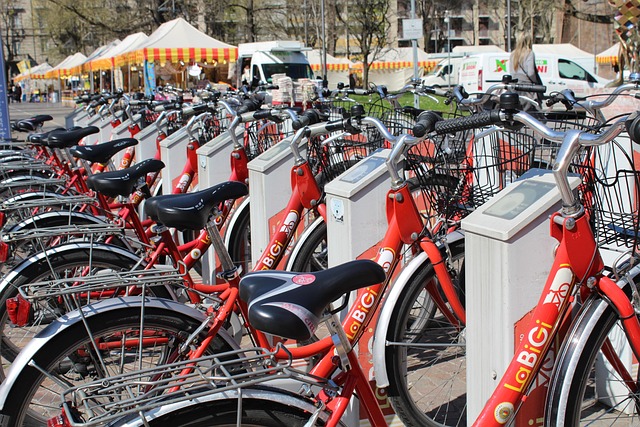Embracing the Future: Green Infrastructure Integration for Sustainable Development
As we move deeper into the 21st century, the need for sustainable solutions becomes increasingly urgent. One of the most promising avenues for achieving this goal is through green infrastructure development. This innovative approach emphasizes the integration of natural processes and systems to address pressing urban challenges while enhancing the quality of life in our communities.
What is Green Infrastructure?
Green infrastructure refers to a network of natural and semi-natural systems that work together to provide essential services. These systems include parks, green roofs, permeable pavements, wetlands, and urban forests. Unlike traditional grey infrastructure, which often prioritizes concrete and asphalt, green infrastructure harnesses the capabilities of nature to manage stormwater, improve air quality, and provide habitats for wildlife, all while contributing to a more appealing urban landscape.
The Benefits of Green Infrastructure Development
The benefits of green infrastructure development are multifaceted. Firstly, they can significantly reduce flooding and enhance water quality by absorbing excess rainwater and filtering pollutants. This not only safeguards our ecosystems but also protects human health.
Moreover, green infrastructure plays a pivotal role in combating climate change. By incorporating trees, green roofs, and gardens into urban planning, we can sequester carbon, mitigate urban heat island effects, and promote biodiversity. These efforts create a more resilient environment for both current and future generations.
Integrating Green Infrastructure into Urban Planning
Integrating green infrastructure into our cities requires a shift in mindset and collaborative efforts among stakeholders. City planners, architects, and community members must work together to identify opportunities for green infrastructure development within existing urban frameworks. This means rethinking how we design parks, streets, and buildings—not just as isolated elements, but as interconnected parts of a cohesive ecosystem.
Examples of successful integration can be seen in cities that have embraced green roofs or vertical gardens, effectively transforming underutilized spaces into thriving habitats. These projects not only improve aesthetics but also foster community engagement and well-being, reinforcing the bond between nature and urban life.
The Role of Community Engagement
A vital aspect of green infrastructure development is community involvement. Engaging residents in the planning and implementation process ensures that solutions are tailored to meet the specific needs of the community. When citizens take part in creating green spaces, they foster a sense of ownership and stewardship, resulting in better maintenance and sustainability of these valuable resources.
Workshops, public forums, and collaborative design sessions can empower community members to express their vision for a greener future. This participatory approach not only enhances the quality of the infrastructure but also creates strong community ties that are fundamental for long-term success.
Looking Ahead: The Future of Green Infrastructure
As we embrace the future, the importance of green infrastructure development will only grow. Governments and organizations worldwide must prioritize investments in sustainable infrastructure to address environmental challenges and enhance urban resilience. The fusion of nature and technology will pave the way for innovative solutions that benefit both people and the planet.
In this journey toward a sustainable future, every effort counts. By advocating for and participating in green infrastructure initiatives, we can contribute to a healthier, more vibrant world. Together, let’s embrace the promise of nature’s potential and create cities that not only sustain but thrive.




